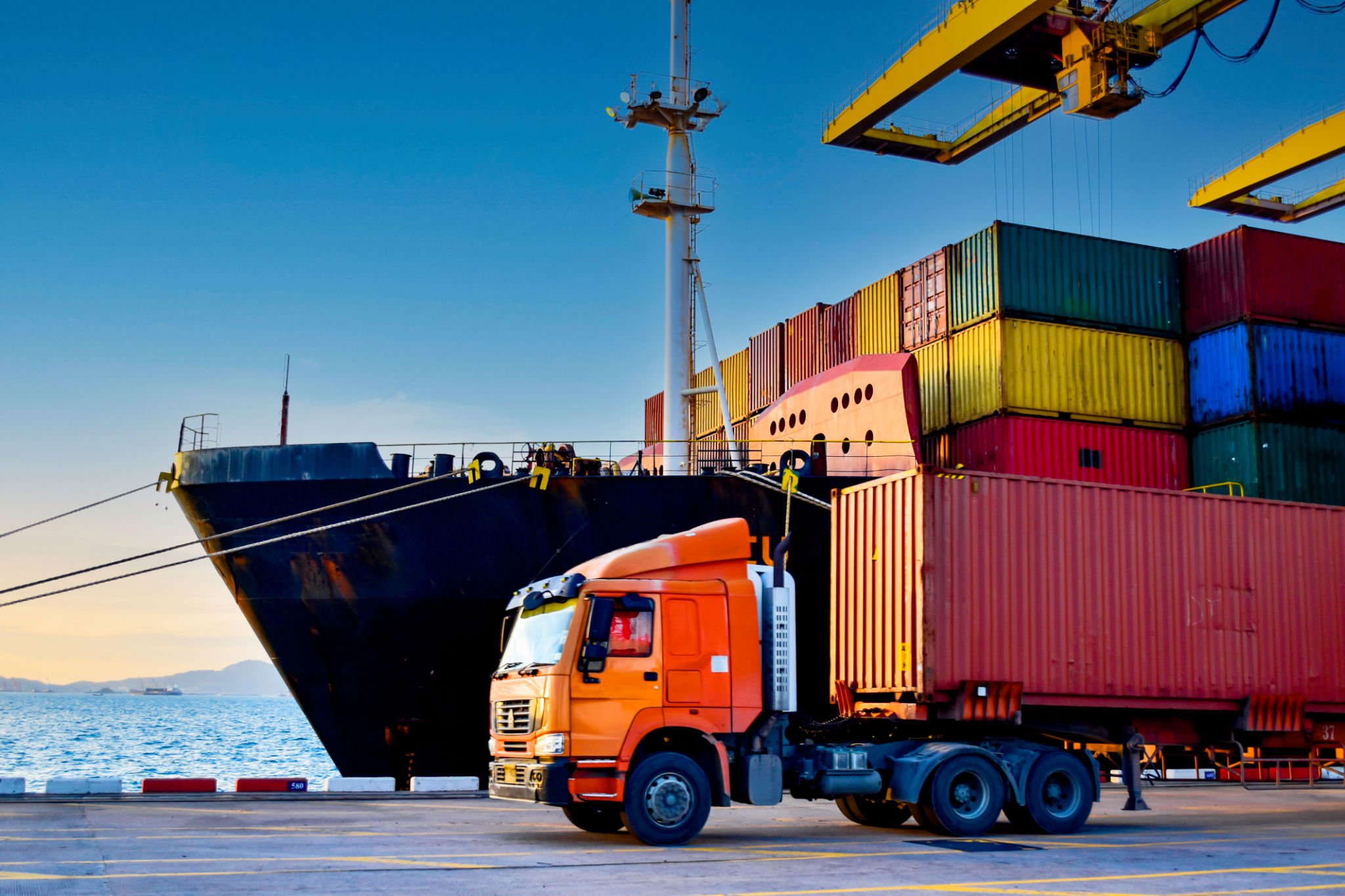A Step-by-Step Guide to Freight Transportation in Vancouver, WA
Understanding Freight Transportation
Freight transportation is a critical component of the supply chain, ensuring goods move smoothly from point A to point B. In Vancouver, WA, this process is facilitated by a network of roads, railways, and ports. Navigating these options effectively can be daunting, but understanding the basics is the first step towards optimizing your shipping needs.

Choosing the Right Mode of Transport
The first decision in freight transportation involves selecting the appropriate mode of transport. The options available in Vancouver include road, rail, air, and sea. Each mode has its own set of benefits and limitations. Road transport is flexible and ideal for short distances, while rail is more cost-effective for bulk shipments over long distances. Air transport, though expensive, is the fastest option, and sea freight is suitable for international shipping.
Planning Your Route
Once you've selected the transport mode, the next step is planning your route. For road and rail transport, it's essential to consider factors such as traffic patterns, road conditions, and any potential construction delays. For sea and air shipments, be aware of port and airport schedules. Efficient route planning can significantly reduce transit times and costs.

Understanding Shipping Regulations
Shipping regulations are an important aspect of freight transportation. In Vancouver, WA, freight regulations are enforced to ensure safety and compliance with environmental standards. Understanding these regulations helps in avoiding penalties and ensuring smooth operations. Documentation such as bills of lading, shipping labels, and customs declarations must be accurately prepared and submitted.
Optimizing Load Management
Proper load management is crucial for maximizing efficiency in freight transportation. This involves organizing shipments in a way that minimizes empty space and ensures safe handling. Load optimization not only reduces costs but also contributes to a lower carbon footprint by minimizing the number of trips needed.

Leveraging Technology
Technology plays a pivotal role in modern freight transportation. From GPS tracking to automated logistics software, these tools provide real-time data and insights that help in monitoring shipments and making informed decisions. Implementing technology solutions can enhance transparency and improve overall operational efficiency.
Partnering with Reliable Carriers
Choosing reliable carriers is another essential step in ensuring successful freight transportation. Look for carriers with a proven track record of timely deliveries and excellent customer service. Establishing strong partnerships with carriers can lead to better rates and more flexible shipping options.
Monitoring and Evaluation
The final step in freight transportation is monitoring and evaluating the entire process. Keep track of delivery times, costs, and any issues that arise during transit. Analyzing this data helps in identifying areas for improvement and implementing strategies to enhance future operations.

By following these steps, businesses in Vancouver, WA can optimize their freight transportation processes, ensuring goods are delivered efficiently and cost-effectively. Whether you're a small business or a large corporation, understanding these key aspects will help you navigate the complex world of logistics with confidence.